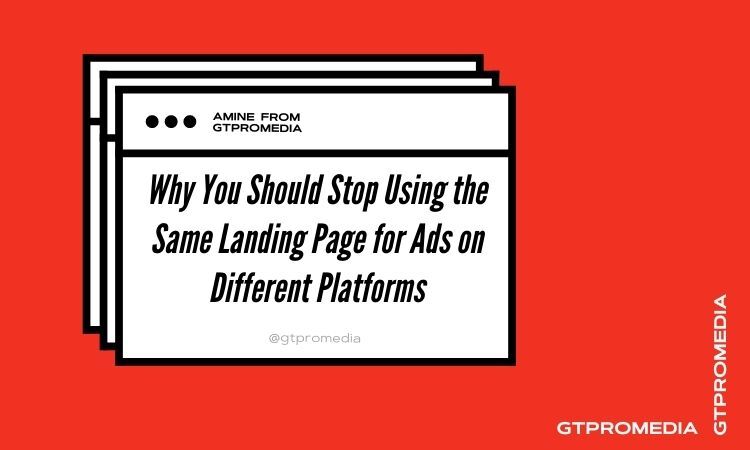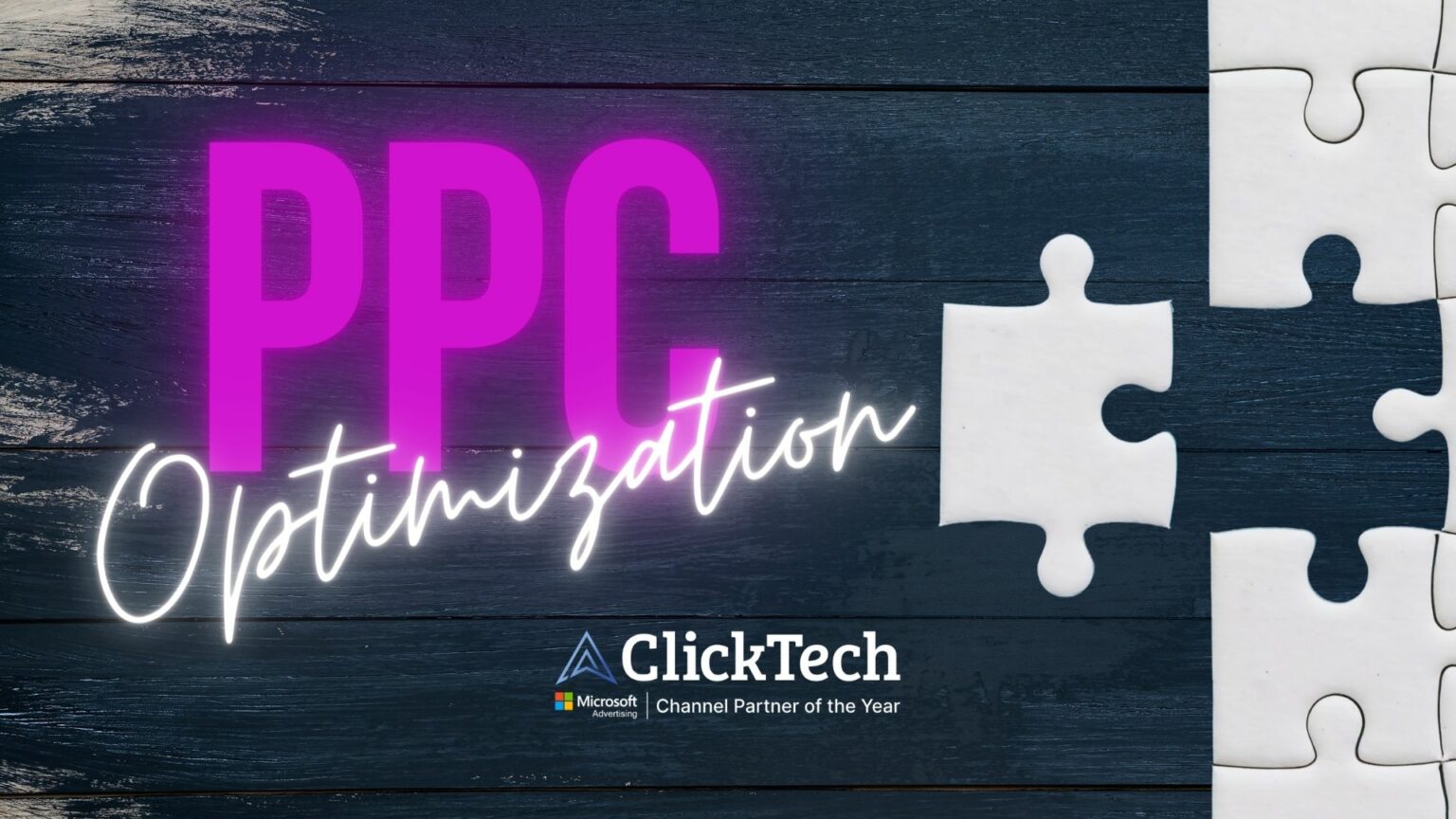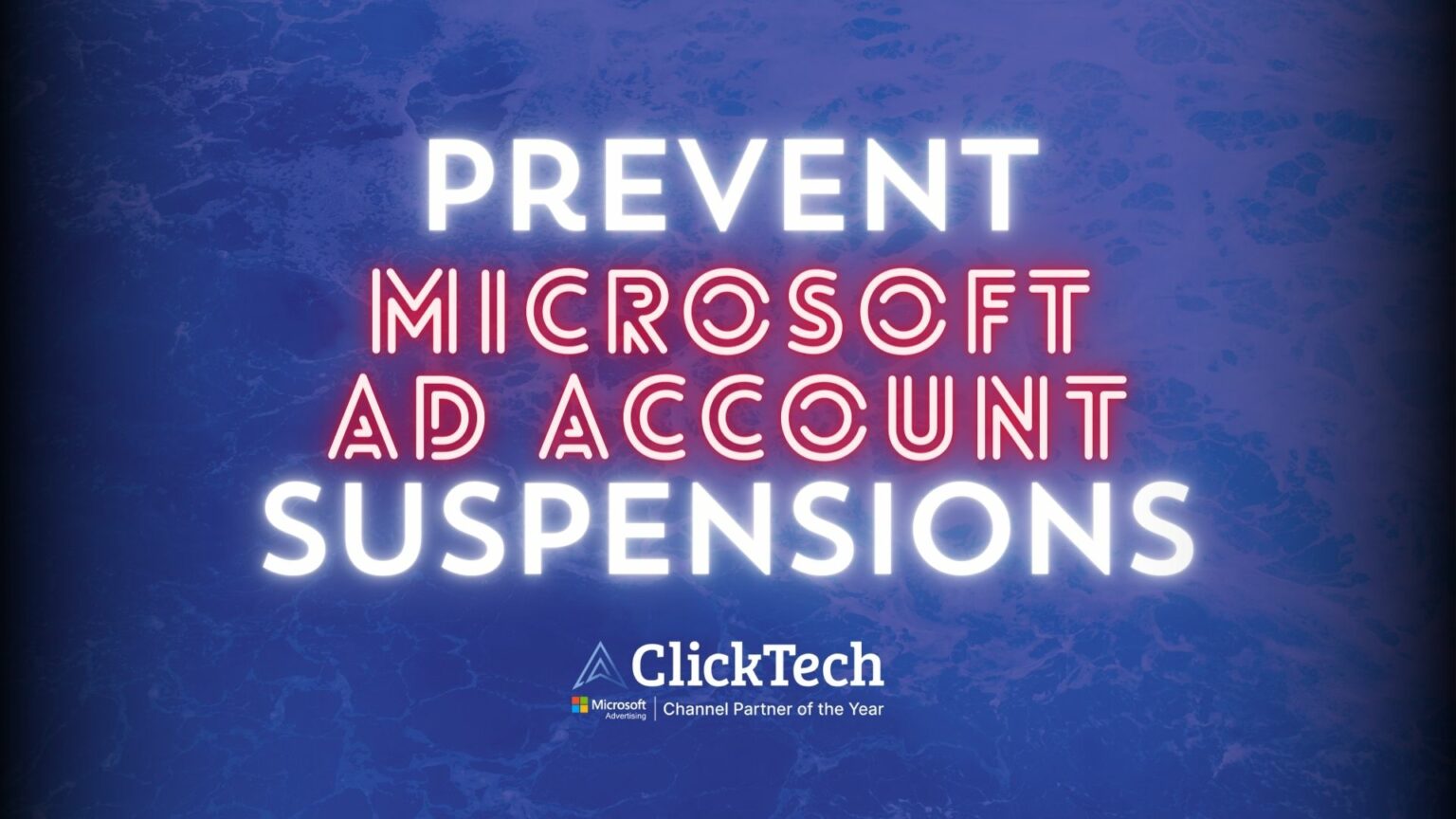
Why You Should Stop Using the Same Landing Page for Ads on Different Platforms


After working with a couple of 7- and 8-figure direct-to-consumer (DTC) brands, we noticed that they all wanted to use the same landing page when pursuing cold traffic from different media channels.
“What's the problem with that,” you ask?
Two things, actually. A high bounce rate, and a subpar conversion rate.
Use Your Traffic Source to Determine Your Landing Page Structure
We just realized ourselves, after digging deep into some data and running a few A/B tests, that your traffic source and the structure of your landing page go hand-in-hand.
In other words, it’s time to stop using the same landing page for Facebook Ads, Google PPC, and Native Ads.
Using the Same Landing Page for Facebook Ads
As you may know, on Facebook, your DTC brand needs to grab your audience's attention to drive traffic and convert. You might be doing a good job on the ad creative and copy they see pre-click, but what happens after they click and reach your lander?
This is where things get tricky. Because the landing page you link to could be any one of the following:
- Advertorial
- Presell page
- Long-form sales page
- Short sales page
- Product page
- Collection page
Also, is your product offer benefits-oriented or features-oriented?
Because if you’re running a TOF campaign in which visitors interact with your brand for the first time, you need to hook them right away!
That’s why two of the major elements you should focus on are your Headline Copy and “above the fold” Hero Image. We include these components in every Hybrid Hero™ landing page, and they should speak directly to your specific client avatar. The copy and image should also be solution-oriented by addressing the problem your product is solving.
Pro Tip: Create at least five variations of this same landing page, with five different headlines and five different hero images and A/B test them in one ad set.
Your Google Ads Landing Page
Google Ads traffic is completely different. (For this post, we’re primarily referring to Google Search Ads.)
On this platform, you’ll find a search-based audience with intent. They know what they want, they just need to find the best product in the marketplace and compare offers before ordering.
Pro Tip: Use a lander focused on product features, packed with competitor comparisons and a ton of testimonials will convert way higher.
Landing Pages for Native Ads
If you are running ads to draw Native traffic, we’ve seen effective advertorials, blog articles, and other presell pages — especially when those lead to Hybrid Hero™ landing pages.
This ‘mini-funnel’ outperforms long-form sales pages, Shopify product pages, and collection pages.
So make sure you use the right landing page structure as a vehicle for your traffic. And be aware of the traffic source you’re using and the stage of awareness of your audience — top, middle, or bottom of funnel.
One More Pro Tip: Keep A/B testing different variations of your landers. Ten percent of your Ad budget should be allocated to testing so that you can keep improving your EPC (earning per click) and conversion rate while you reduce your bounce rate.
Happy Scaling!
Interested in finding out what Hybrid Hero™ landing pages can do for your DTC brand? Click here to contact GT Pro Media and get started now!





